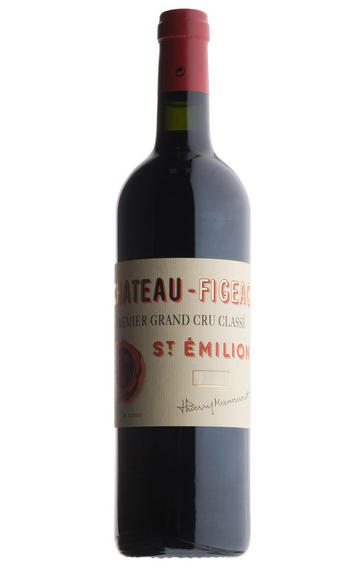
2005 Château Figeac, St Emilion, Bordeaux
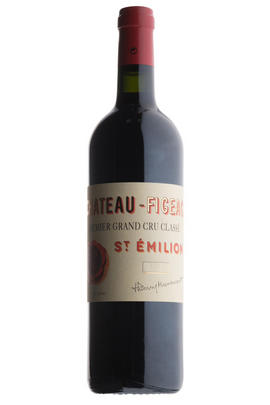
Critics reviews
Neal Martin - 31/08/2016
Jancis Robinson - jancisrobinson.com - 10-Dec-2007
About this WINE
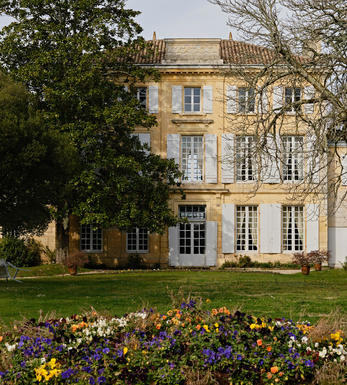
Château Figeac
Château Figeac is one of the leading St. Emilion estates and its wine, with its high Cabernet content, has often been described as the most Médoc-like in St-Emilion. The estate is located in the north-west of the appellation with its vineyards adjoining those of Cheval Blanc. Its 54 hectares of vineyards lie on a deep, Médoc-like gravel topsoil over a flinty, iron-rich subsoil. Figeac was promoted in 2022 to the level of Premier Grand Cru Classé A, the top tier of the St Emilion classification.
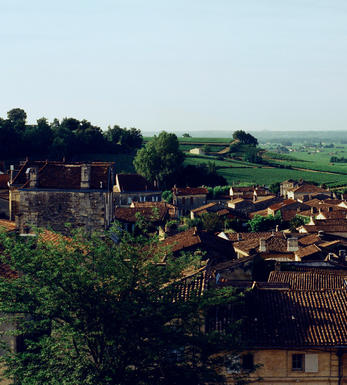
St Émilion
St Émilion is one of Bordeaux's largest producing appellations, producing more wine than Listrac, Moulis, St Estèphe, Pauillac, St Julien and Margaux put together. St Emilion has been producing wine for longer than the Médoc but its lack of accessibility to Bordeaux's port and market-restricted exports to mainland Europe meant the region initially did not enjoy the commercial success that funded the great châteaux of the Left Bank.
St Émilion itself is the prettiest of Bordeaux's wine towns, perched on top of the steep limestone slopes upon which many of the region's finest vineyards are situated. However, more than half of the appellation's vineyards lie on the plain between the town and the Dordogne River on sandy, alluvial soils with a sprinkling of gravel.
Further diversity is added by a small, complex gravel bed to the north-east of the region on the border with Pomerol. Atypically for St Émilion, this allows Cabernet Franc and, to a lesser extent, Cabernet Sauvignon to prosper and defines the personality of the great wines such as Ch. Cheval Blanc.
In the early 1990s there was an explosion of experimentation and evolution, leading to the rise of the garagistes, producers of deeply-concentrated wines made in very small quantities and offered at high prices. The appellation is also surrounded by four satellite appellations, Montagne, Lussac, Puisseguin and St. Georges, which enjoy a family similarity but not the complexity of the best wines.
St Émilion was first officially classified in 1954, and is the most meritocratic classification system in Bordeaux, as it is regularly amended. The most recent revision of the classification was in 2012
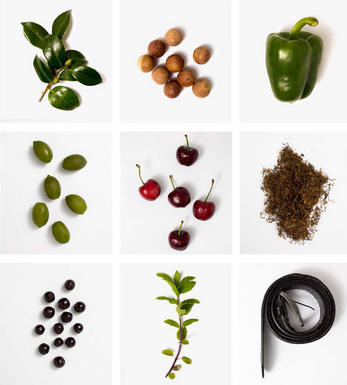
Cabernet Sauvignon Blend
Cabernet Sauvignon lends itself particularly well in blends with Merlot. This is actually the archetypal Bordeaux blend, though in different proportions in the sub-regions and sometimes topped up with Cabernet Franc, Malbec, and Petit Verdot.
In the Médoc and Graves the percentage of Cabernet Sauvignon in the blend can range from 95% (Mouton-Rothschild) to as low as 40%. It is particularly suited to the dry, warm, free- draining, gravel-rich soils and is responsible for the redolent cassis characteristics as well as the depth of colour, tannic structure and pronounced acidity of Médoc wines. However 100% Cabernet Sauvignon wines can be slightly hollow-tasting in the middle palate and Merlot with its generous, fleshy fruit flavours acts as a perfect foil by filling in this cavity.
In St-Emilion and Pomerol, the blends are Merlot dominated as Cabernet Sauvignon can struggle to ripen there - when it is included, it adds structure and body to the wine. Sassicaia is the most famous Bordeaux blend in Italy and has spawned many imitations, whereby the blend is now firmly established in the New World and particularly in California and Australia.


Buying options
Add to wishlist
Description
Horizontal Tasting of 2005s on 12/11/09. Because of its high proportion of Cabernets, Figeac is always the most restrained (and sometimes misunderstood) of the best St. Emilions, with a lacy quality in lighter years, but with a beguiling presentation in the best. In 2005 the wine has majestic harmony for, although the tannins are exceptional, they are also perfectly ripened. The finish is lifted by a creamy, fresh acidity whilst the multitude of scents and flavours of black fruit, leather, dried spice and liquorice swirl and ascend on the palate. This is an impeccable Figeac, almost accessible now, but glorious in 10 years (and for many more after that).
Mark Pardoe MW, BBR Wholesale - Tasted at the St Emilion, Pomerol, Graves and Sauternes Cellar Tasting, 03/12/09
Fabulously fine and ripe tannins coat this intense kernel of highly defined fruit. Screamingly good and in direct competition in quality terms with St Emilion rivals 10 times the price. The only downside is you cant really open it up now and get on with it...very frustrating! However have a little bit of patience and tuck it away with your other 05's and you're in for a total treat. Sumptuous!
Simon Staples - Fine Wine Director - 25-Oct-2008
wine at a glance
Delivery and quality guarantee